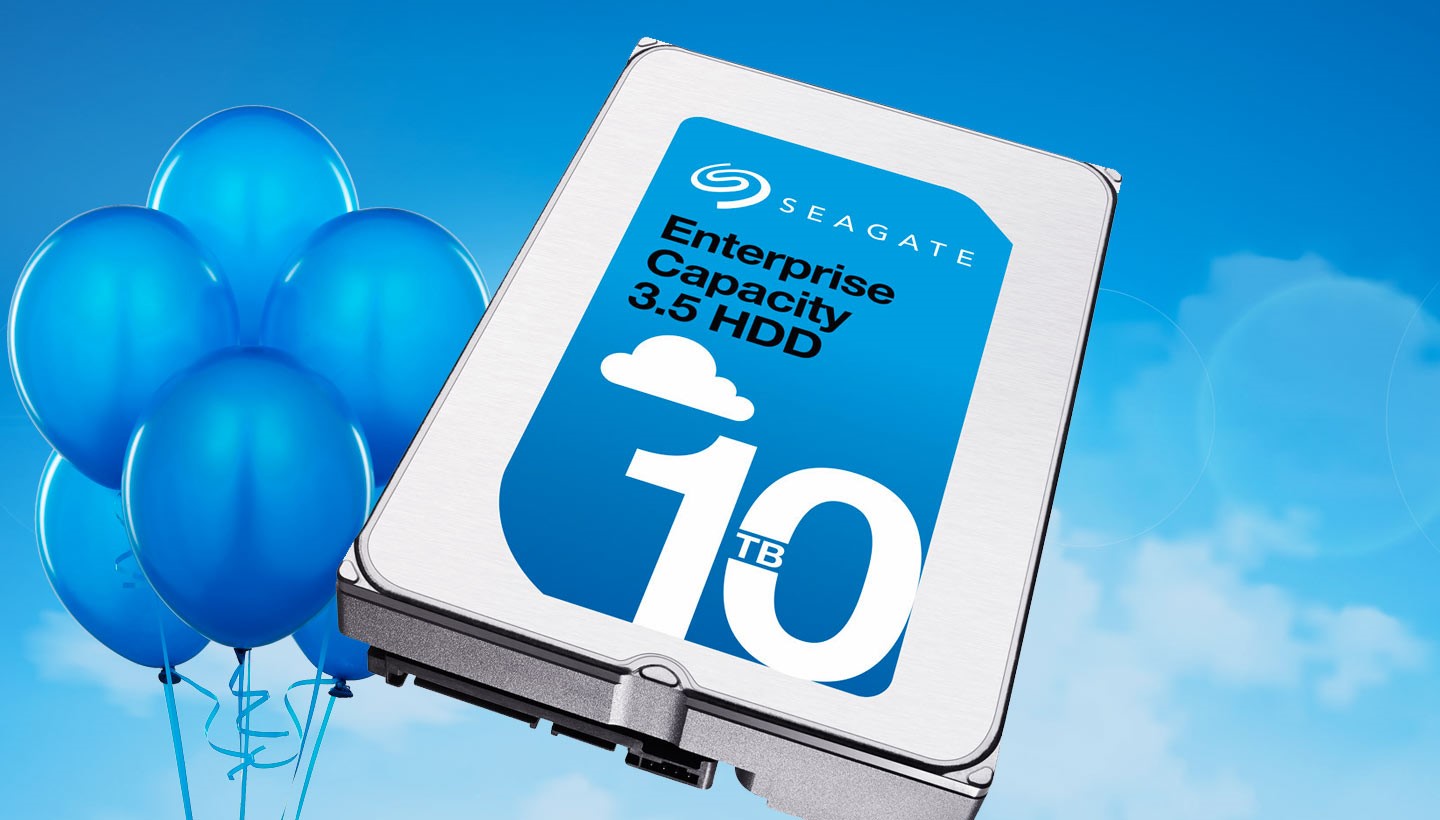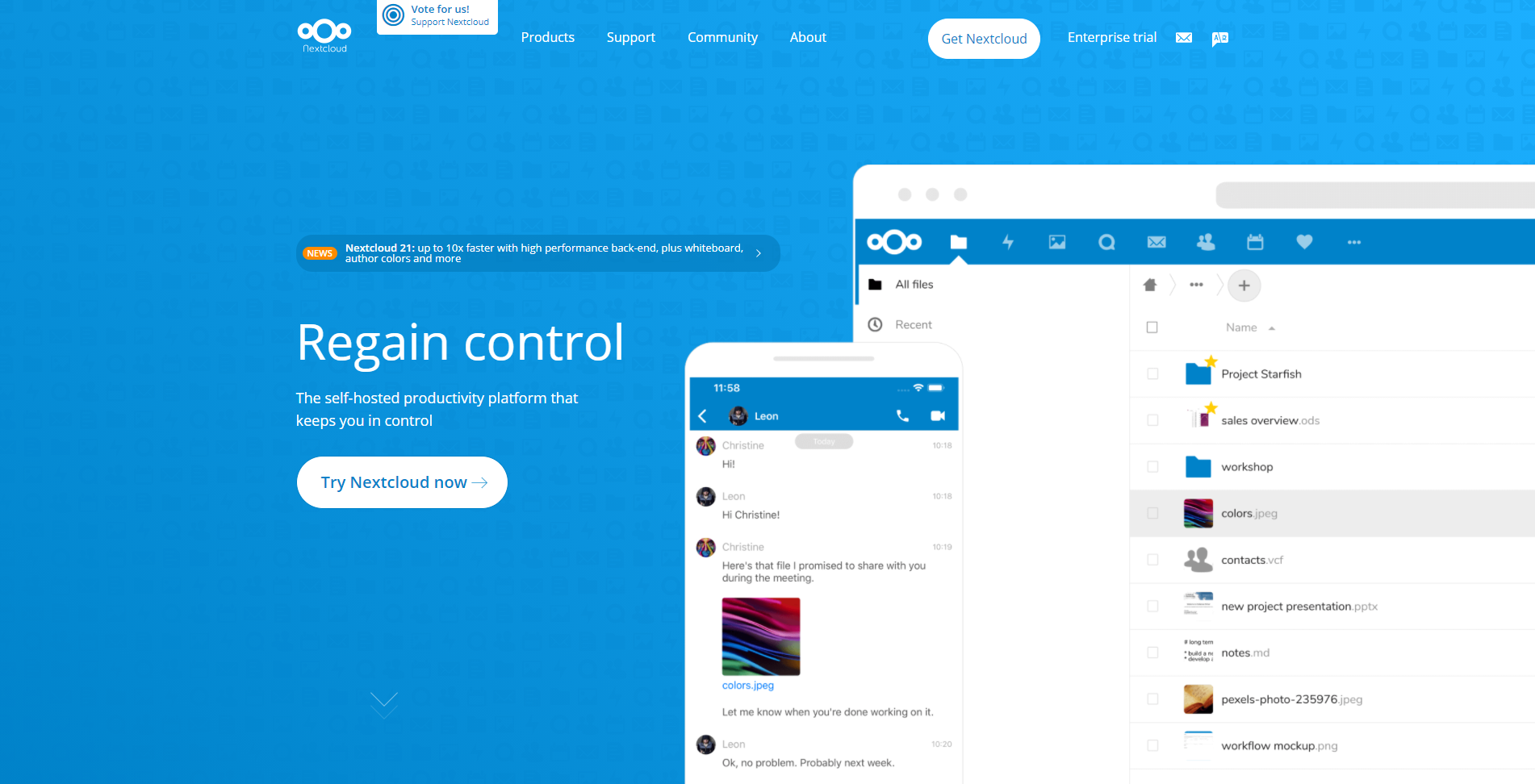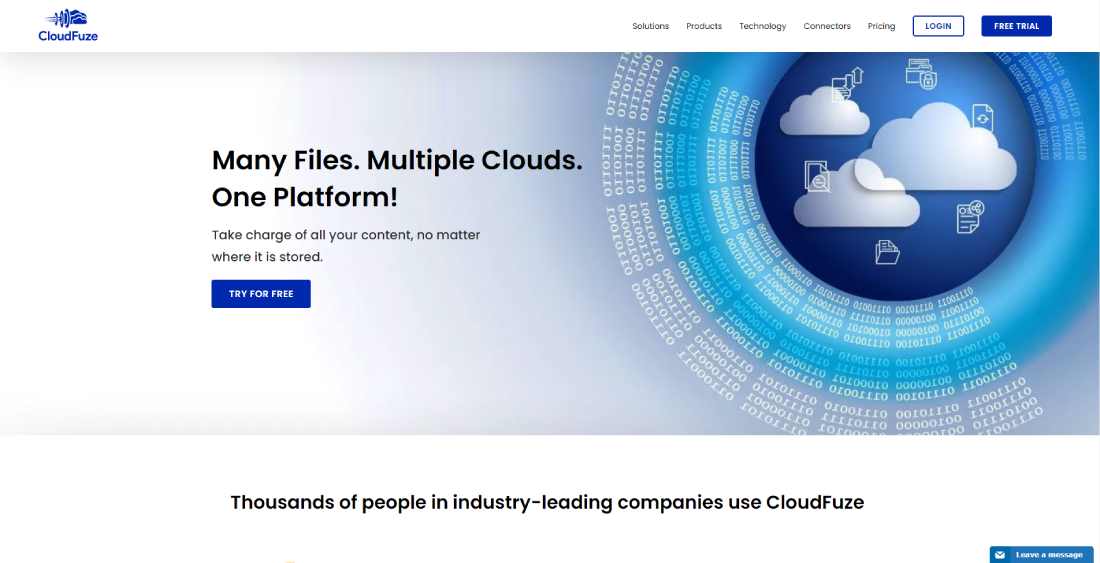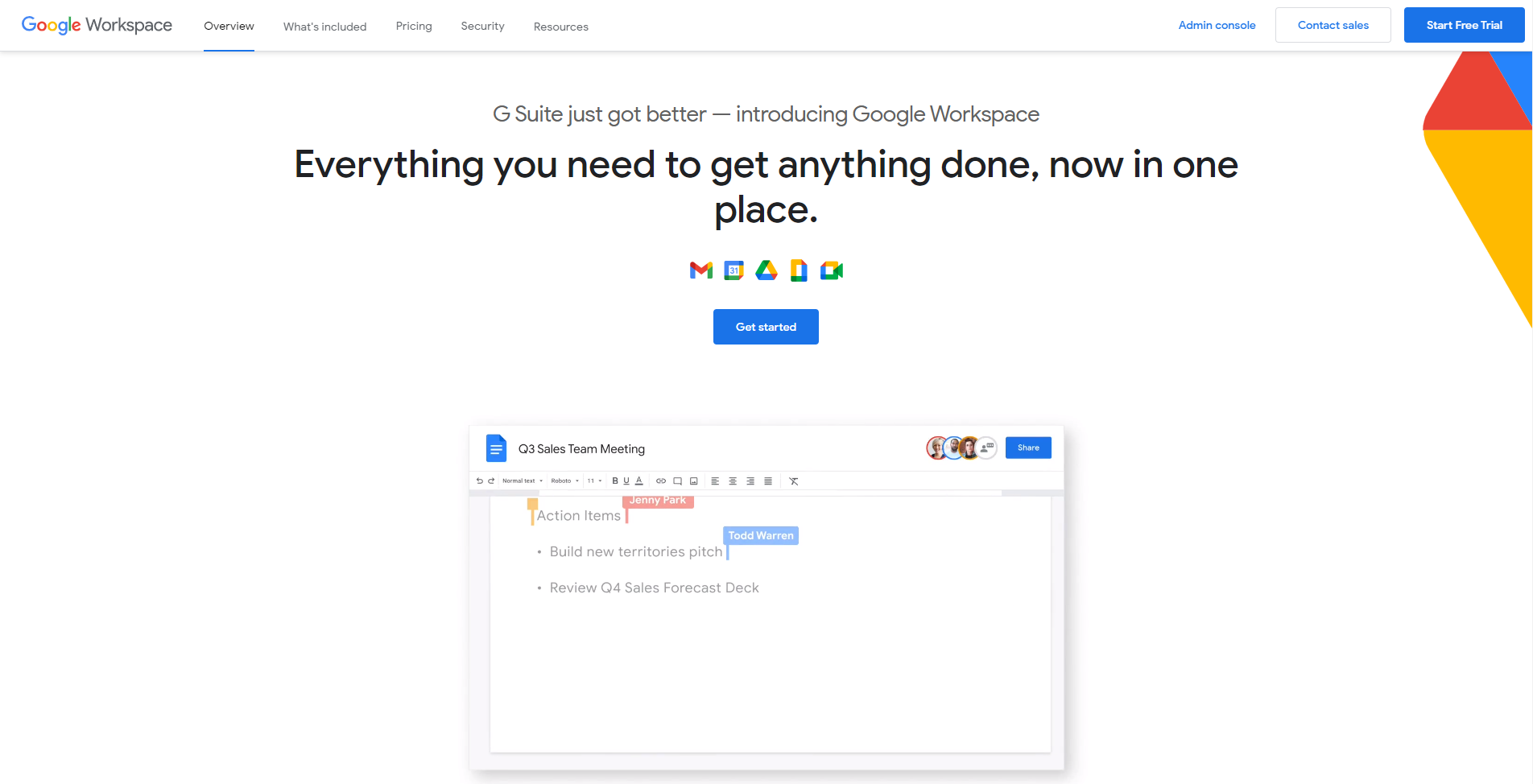With the rapid development in technology, the amount of registered websites and domain names keeps on increasing. They all include some sort of content, like videos, blog posts, and images.
All of these things can be measured in data, which inevitably takes up more and more storage. In 2020, the amount of data reached around 64.2 zettabytes, and it’s estimated to grow to more than 180 zettabytes in the next five years.
This amount of data requires massive storage, which begs the question, is there ever going to be a time when we run out of digital storage space?
To answer this question, let’s look at future technology and see if it can potentially fulfill our need for digital storage.
Table of Contents
The Future of Digital Storage
As the amount of data continues to grow, digital storage technology also needs to keep improving. Companies and researchers are constantly finding new ways to store data more efficiently.
Here are some examples of the potential future digital storage technology that might become the solution for our data storage needs.
Helium Drives
A helium drive is a type of hard disk filled with helium gas instead of regular air like a standard hard disk. Helium is used due to its lightweight characteristic, which increases the drive’s potential capacity and speed.

Modern helium drives are typically airtight, allowing them to store more discs. And since helium is less dense than air, it creates less traction, making the discs spin more easily and run cooler than a regular hard disk.
As of now, helium drive technology is still relatively expensive. However, we can expect this technology to get cheaper as it grows in popularity.
Shingled Magnetic Recording
Shingled Magnetic Recording (SMR) is a new hard drive technology with higher potential capacity than regular hard disk drives. This is because SMR squeezes tracks closer together by making them overlap with each other like shingled roofs.
This allows SMR to write more data using the same amount of space. SMR also trims the stored data as new data is written, allowing even larger potential capacity. Since an SMR has a smaller reader head than its writer head, data integrity will not be compromised.
SMR technology does not require a new type of equipment, meaning that it is possible to run it on a traditional hard drive. Because of that, SMR is more affordable and has higher availability.
DNA
Another potential future digital storage solution is DNA-based data storage. George M. Church and his colleagues from Harvard successfully encode human DNA with digital information. This data includes a 53.400-word book in HTML, eleven JPEG images, and one JavaScript program.

DNA-based data storage has great potential capacity. Theoretically, a single gram of DNA can store around 200 petabytes of data, which is twice the amount of data stored in the entire IBM data center.
Unlike traditional digital storage, DNA-based storage can potentially store your data for three billion years, which is practically forever. However, DNA based-storage doesn’t come cheap. It costs around $12,400 to encode every megabyte of data and $220 to read it back.
Different Ways to Use Digital Storage Space
Besides its main purpose as file storage, modern digital storage spaces possess many other functions. This part of the article will look at five different ways to use digital storage space.
1. Create a Private Cloud Server

Storing files in a cloud server is one of the best ways to secure your data. It’s also more convenient because it makes it possible to access data from anywhere using various devices. However, if you don’t prefer to rely on a third party, such as Google Drive or Dropbox, a private cloud server can be your best choice.
Creating a private cloud server can give you more control over your data. Your privacy is also maintained because you don’t have to trust potentially sensitive data to any third parties.
There are several tools you can use to build a private cloud server, such as Resilio Sync, OwnCloud, and NextCloud, most of which are open source.
2. Save Your Passwords

Another way to secure online data is to use complex and unique passwords. However, remembering multiple unique passwords for all your online accounts can be quite tricky. That’s where an online password management application comes in.
These password management programs store your credentials on cloud servers, eliminating the need to remember numerous complex passwords. Therefore, all you need to remember is the credentials to this password management application.
LastPass, Bitwarden, and Dashlane are some of the examples of cloud-based password management applications you might want to consider.
3. Combine Your Digital Storage All In One Place

Nowadays, you have numerous cloud storage applications, including Dropbox, Mega, OneDrive, and Google Drive. If you are using more than one of these applications, managing your files can become complicated and require more time.
To help you manage your online storage, there are multiple services that combine all your cloud storage in a single platform. These services allow files to be more easily accessible and simplify the file management process.
Examples of all-in-one cloud storage applications include Otixo, MultCloud, and CloudFuze.
4. Organize and Stream Your Media

Media files such as music, videos, and high-quality pictures are typically larger. That is why it might be better if you store them in cloud storage to save space on your hard drive and mobile device.
Storing your media files on cloud storage also allows you to stream them wherever you want as long as you have internet access. However, remember that some cloud storage services limit your ability to preview large media files.
If you stream or transfer media files frequently, consider subscribing to a premium plan offered by these providers to give you more freedom over your files.
5. Work Collaboratively

Some cloud storage services offer integration with a document management service, allowing you to create documents and collaborate with your team online. The most popular example of this service is Google Workspace.
Google Workspace includes some document management software such as Google Docs, Google Sheets, and Google Slides. Because this service is integrated with Google Drive, creating, storing, and sharing documents can be done seamlessly.
Documents made using G Suite software can also be integrated into various productivity project management applications such as Trello, Github, and Slack.
Conclusion
With the massive amount of data created, consumed, and stored globally, we need to develop new technologies to avoid running out of digital storage space, especially since we can use it for more than simply storing our files.
The five different ways to use digital storage space aside from simply storing data are:
- Create a private cloud server
- Save your passwords
- Combine your digital storage all in one place
- Organize and stream your media
- Work collaboratively
Taking this into consideration, we hope that the new digital storage solutions will come out sometime soon. However, by the looks of the current market, we should see positive changes in no time.

